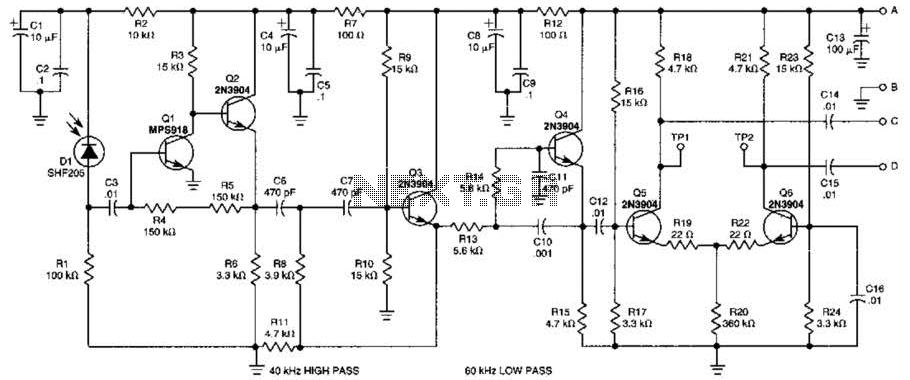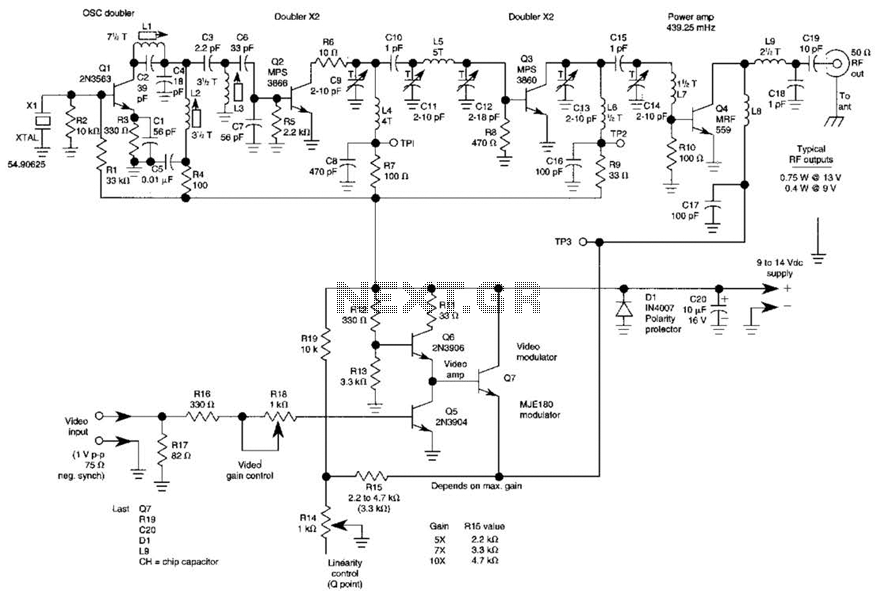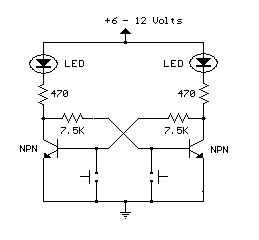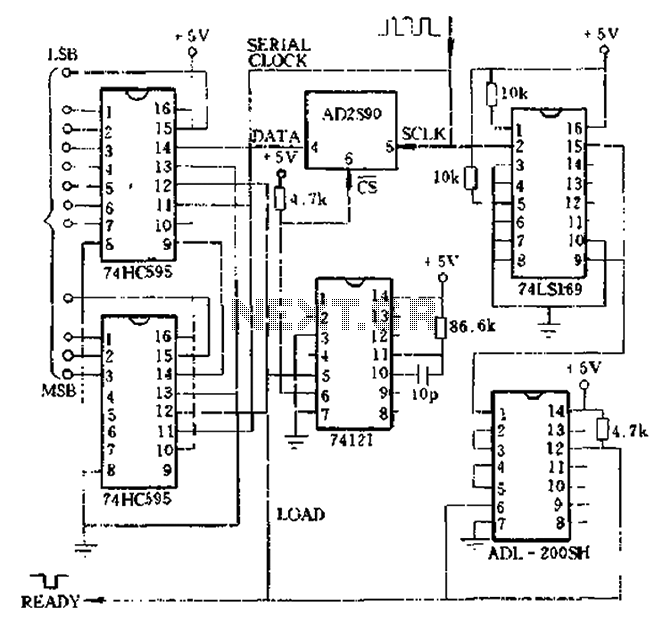
Simulating a Joule Thief circuit with LTSpice
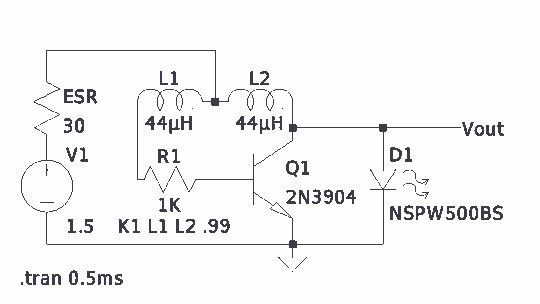
There is much pleasure in useless knowledge. The value of the inductors (44 µH) was determined using an online toroid calculator, specifying an FT-50-43 toroid with 10 turns through it.
The described circuit involves the use of an FT-50-43 toroidal inductor, which has been calculated to achieve an inductance of 44 µH with 10 turns of wire. This specific inductor is characterized by its ferrite core material, which is suitable for a variety of applications, particularly in RF and power electronics due to its low core losses and high permeability.
The calculation of the inductance value indicates that the inductor is likely being used in a resonant circuit or as part of a filter design, where precise inductance values are critical for performance. The use of a toroidal shape minimizes electromagnetic interference and maximizes magnetic coupling, making it an ideal choice for compact circuit designs.
In practical applications, the inductance value can affect the frequency response of the circuit, influencing both the bandwidth and the quality factor (Q) of the inductor. The number of turns (10 in this case) directly impacts the inductance; increasing the number of turns would increase the inductance value, while decreasing it would have the opposite effect.
It is essential to consider the wire gauge used for winding the inductor, as it affects the resistance and current handling capability of the inductor. Additionally, the physical dimensions of the toroid and the wire must be accounted for to ensure that the inductor fits within the design constraints of the overall circuit layout.
Overall, the design and calculation of the inductor are critical steps in the development of efficient electronic circuits, particularly in applications involving signal processing, power management, or RF transmission.There is much pleasure in useless knowledge. I determined the value of the inductors (44uH) using an online toroid calculator, specifying an FT-50-43 toroid with 10 turns through it. 🔗 External reference
The described circuit involves the use of an FT-50-43 toroidal inductor, which has been calculated to achieve an inductance of 44 µH with 10 turns of wire. This specific inductor is characterized by its ferrite core material, which is suitable for a variety of applications, particularly in RF and power electronics due to its low core losses and high permeability.
The calculation of the inductance value indicates that the inductor is likely being used in a resonant circuit or as part of a filter design, where precise inductance values are critical for performance. The use of a toroidal shape minimizes electromagnetic interference and maximizes magnetic coupling, making it an ideal choice for compact circuit designs.
In practical applications, the inductance value can affect the frequency response of the circuit, influencing both the bandwidth and the quality factor (Q) of the inductor. The number of turns (10 in this case) directly impacts the inductance; increasing the number of turns would increase the inductance value, while decreasing it would have the opposite effect.
It is essential to consider the wire gauge used for winding the inductor, as it affects the resistance and current handling capability of the inductor. Additionally, the physical dimensions of the toroid and the wire must be accounted for to ensure that the inductor fits within the design constraints of the overall circuit layout.
Overall, the design and calculation of the inductor are critical steps in the development of efficient electronic circuits, particularly in applications involving signal processing, power management, or RF transmission.There is much pleasure in useless knowledge. I determined the value of the inductors (44uH) using an online toroid calculator, specifying an FT-50-43 toroid with 10 turns through it. 🔗 External reference
Warning: include(partials/cookie-banner.php): Failed to open stream: Permission denied in /var/www/html/nextgr/view-circuit.php on line 713
Warning: include(): Failed opening 'partials/cookie-banner.php' for inclusion (include_path='.:/usr/share/php') in /var/www/html/nextgr/view-circuit.php on line 713
